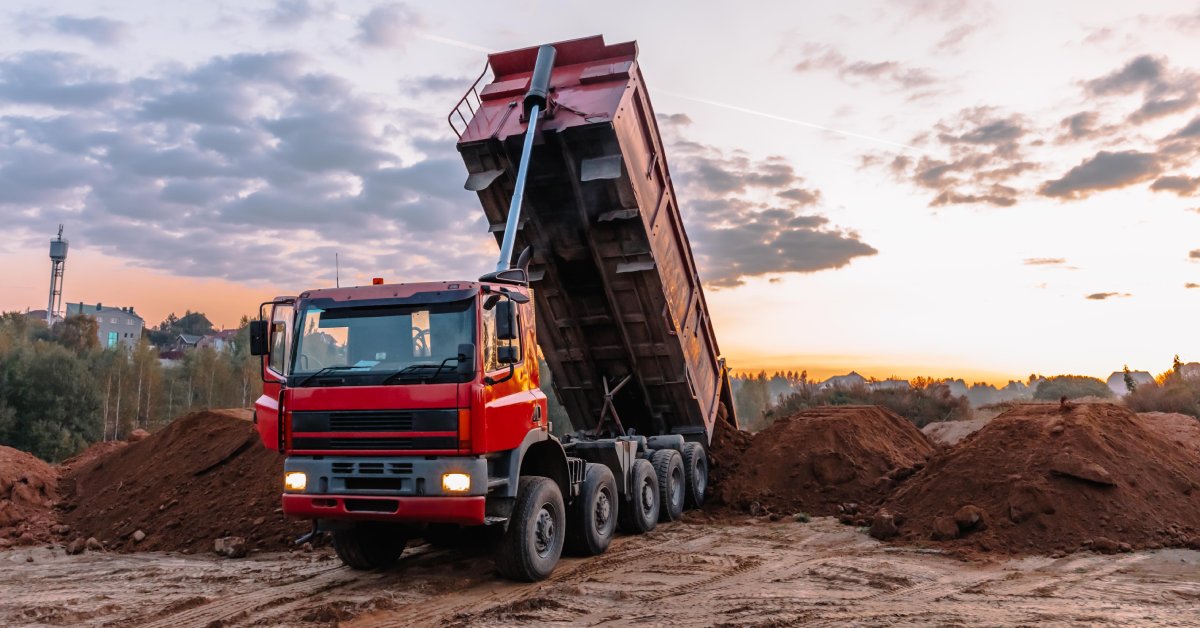
Truck liners play a critical role in the construction and hauling industries by ensuring efficient material handling and protection for dump bed trucks. However, it’s essential to understand how truck liner thickness and additional weight influence overall performance. The thickness of a liner can directly impact both durability and functionality while also adding weight that may affect carrying capacity. This post dives into the details to help you make an informed decision tailored to your operational needs.
Why Liner Thickness Matters
Thicker liners typically offer greater durability and reliable impact resistance. They protect against damage from abrasive materials such as asphalt, gravel, and concrete, making them vital for heavy-duty load hauling. Anyone working with such demanding materials knows how critical it is to avoid damage caused by repeated impacts.
However, thinner liners, while less protective, work better for loads that require lighter handling, such as sand or agricultural products, as they often improve material flow and release. Striking a balance with truck liner thickness and additional weight ensures optimal material discharge without too much extra heft from the liner itself.
Weight Considerations in Liner Selection
Every pound added to a truck bed matters when operating within strict payload limits. Heavier liners, though great for impact protection, can reduce your vehicle’s payload capacity and possibly increase fuel consumption over time. Comparatively, lighter liners may lack the rugged durability required for abrasive materials but allow for maximum payload without compromising efficiency. Calculating and balancing thickness with weight becomes key to meeting legal weight restrictions while maintaining long-term functionality.
Choosing liners that balance these factors is crucial. A good liner can save you time and money, especially for operations involving varying haul types. Whether you’re using thin liners for lighter applications or thicker options for robust tasks, the overall weight must align with your operational goals.
Material Compatibility by Liner Thickness
Certain materials demand specialized liners. Operators handling lighter loads of agricultural products or sand often benefit from thinner liners. These are sufficient for material protection without the excess weight that could compromise hauling capabilities. On the other hand, moving abrasive loads full of demolition debris requires thicker liners from Haulk or QuickSilver, two brands known for their long-term durability when managing harsh materials.
Product-Specific Insights
QuickSilver products provide versatile options for general industry use, while thicker options from Haulk tackle more abrasive jobs effortlessly. Durapro balances versatility and weight for operators requiring a robust yet efficient liner. Each liner serves a distinct purpose, helping you optimize equipment performance while reducing maintenance needs. Choosing the right liner improves material release and extends the life of your truck’s body. When you’re hauling under tough conditions, the right liner makes all the difference.
By assessing your daily haul type and truck specifications, you can select a liner that enhances operational efficiency while preserving vehicle capacity. For expert advice and tailored solutions, consult Linings Inc. to ensure your dump bed liners always perform at their best.
